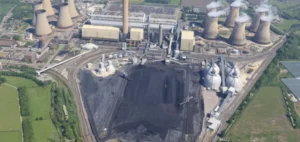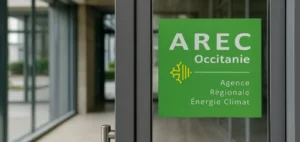Argentina Lithium announces the expansion of its lithium exploration project in Argentina’s Salar de Antofalla.
Argentina Lithium acquires 3 mining concessions
The company has signed an option agreement with a group of three local vendors to acquire a 100% interest in three mining concessions.
These total 5380 hectares and are located close to the 9000 hectares of concessions already 100% owned by the company.
“This acquisition strengthens our presence at this highly promising site. Albemarle Corporation, a major lithium producer, has declared that its lithium resources in the southern part of the Salar de Antofalla should be certified as the largest in Argentina,” said Nikolaos Cacos, the firm’s CEO.
The terms of the option include cash payments totalling $4,000,000 over 42 months, but limited to $600,000 in the first 18 months.
The option also includes annual exploration expenditure commitments of $500,000 in the first year, $1.5 million in the second year, $2 million in the third year and $3 million in the fourth year.
An extremely promising lithium mining site
Located in the famous lithium triangle, the geological environment of the Salar de Antofalla is similar to that of other lithium and potash salars in the region.
The project is located less than 20km west of Argentina’s largest lithium operation, the Salar de Hombre Muerto.
The salar is over 130km long, varying in width from 5km to 20km, with basin depths of over 500m.
In 2017, vendors carried out surface brine sampling at 14 locations on properties under option.
Brines sampled at depths down to 4m indicated lithium anomalies up to 61.1mg/L.
Cautious about the site’s true potential
In 2016, Roskill Information Services had reported that private mining company Bolland had drilled 56 holes over 265km2 in its claim block in the center of the salar, some 57km south of Argentina’s Lithium Antofalla properties.
This operation reportedly uncovered 2.22mt of 350mg/l lithium and 83mt of 6400mg/l potash.
The project is now owned by Albemarle Corporation.
However, as this information comes from public sources, the company has not independently verified it.
Furthermore, the proximity of a discovery, mine or mineral resource does not indicate that mineralization will be possible on the company’s concession, and if mineralization is possible, that it will produce a sufficient quantity or grade to constitute an economic advantage.






















